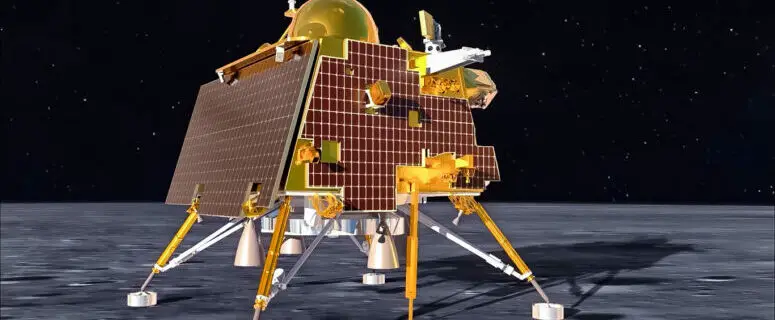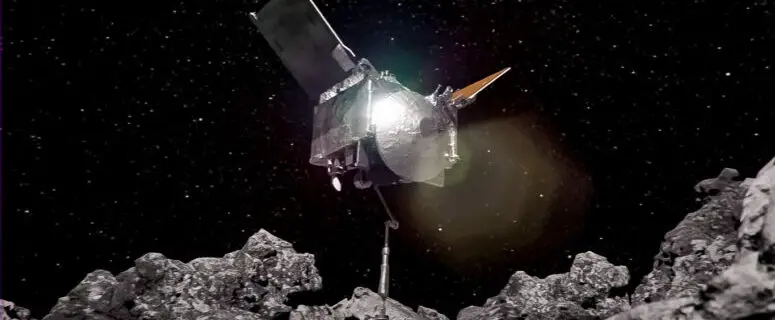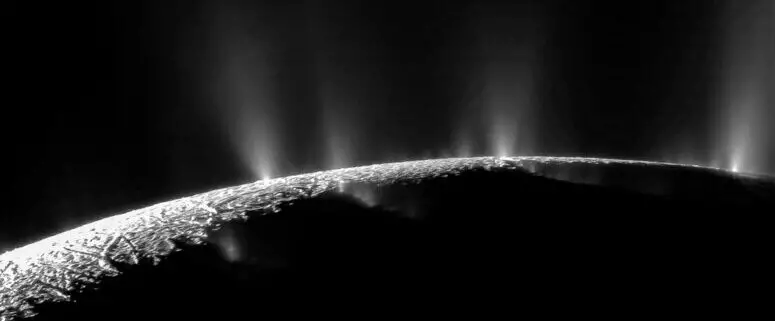Questions and Answers about
Space
-
—
in SpaceIn early April 2024, what caused the mysterious streaking lights in the California sky?
Answer: In the early hours of April 2, 2024, Southern California residents observed bright streaking lights across the sky. Despite initial speculations about meteor showers or SpaceX-related activities, experts confirmed that the Chinese Shenzhou 15 orbital module’s re-entry caused these lights. Launched in November 2022, this module completed its mission and was predicted to return…

-
—
in SpaceWhat’s a quasar?
Answer: Quasars are not your average celestial bodies; they’re the universe’s spotlight, making even the brightest stars look dim in comparison. Imagine a beacon so luminous it makes our sun seem like a faint candle, shining 500 trillion times brighter. Discovered through collaborative efforts by scientists from the Australian National University, the European Southern Observatory,…

-
—
in SpaceWhat is Japan’s SLIM?
Answer: Japan’s SLIM (Smart Lander for Investigating Moon), affectionately dubbed the ‘Moon Sniper,’ made a historic landing on the moon on Jan. 19, 2024. This event was particularly noteworthy as Japan became the fifth country in the world to reach the moon. SLIM’s claim to fame is its exact landing, just 55 meters from its…

-
—
in SpaceWhat does the Sanskrit word “Pragyan” translate to?
Answer: “Pragyan” translates to ‘wisdom’ in Sanskrit. The rover, with its profound name, was part of the Chandrayaan-3 mission that successfully landed on the Moon on Aug. 23, 2023. It landed near the lunar south pole. On Sept. 2, the Pragyan rover was put into “sleep mode” to protect it during the lunar night, which…

-
—
in SpaceWhat was NASA’s OSIRIS-REx spacecraft’s primary mission?
Answer: NASA’s OSIRIS-REx spacecraft embarked on a seven-year mission to explore the asteroid Bennu. Its primary goal was to collect samples of the asteroid’s rocky fragments and dust and safely return them to Earth. These samples, believed to be around 4.6 billion years old, will provide invaluable insights into the early solar system.

-
—
in SpaceWhere was the first place outside Earth where scientists detected phosphorus?
Answer: Scientists found traces of phosphorus in water plumes squirting through the ice crust of Enceladus, a tiny ocean-bearing moon that orbits Saturn. The discovery was announced in June 2023, based on 2008 data from NASA’s Cassini spacecraft. Enceladus has all six elements needed for life: carbon, hydrogen, nitrogen, sulfur, oxygen, and, apparently, phosphorus in…

-
—
in SpaceWhat’s Stephan’s Quintet?
Answer: Stephan’s Quintet is a visual grouping of five galaxies best known for being featured in the classic holiday film, “It’s a Wonderful Life.” The Quintet was part of the first batch of images released from the James Webb Space Telescope on July 12, 2022.
-
—
in SpaceWhat’s NASA’s James Webb Space Telescope?
Answer: NASA’s James Webb Space Telescope is the world’s largest and most powerful space telescope, successor to the Hubble Space Telescope. The $10-billion observatory rocketed from French Guiana on South America’s northeastern coast on Dec. 25, 2021. The Webb Telescope is on a million miles (1.6 million kilometers) search to find light from the first…
-
—
in SpaceHow many “Starlink” satellites did Elon Musk’s SpaceX launch into space by the end of 2021?
Answer: SpaceX has launched more than 1,700 low-orbiting “Starlink” satellites by the end of 2021. The European Space Agency called for coordinated action to ensure that SpaceX’s constellation did not prevent others from launching their satellites. The company eventually plans to have 42,000 satellites orbiting the planet. More details inside.
-
—
in SpaceWhere is the Red Velvet crater?
Answer: The Red Velvet crater is a 4 km-wide crater in Mars’s north polar region of Vastitas Borealis. The crater is partially filled with water ice. The dark material on the crater rim likely consists of volcanic materials such as basalt, giving the Marsian crater its red velvety look. The image was taken Jul. 5, 2021,…
